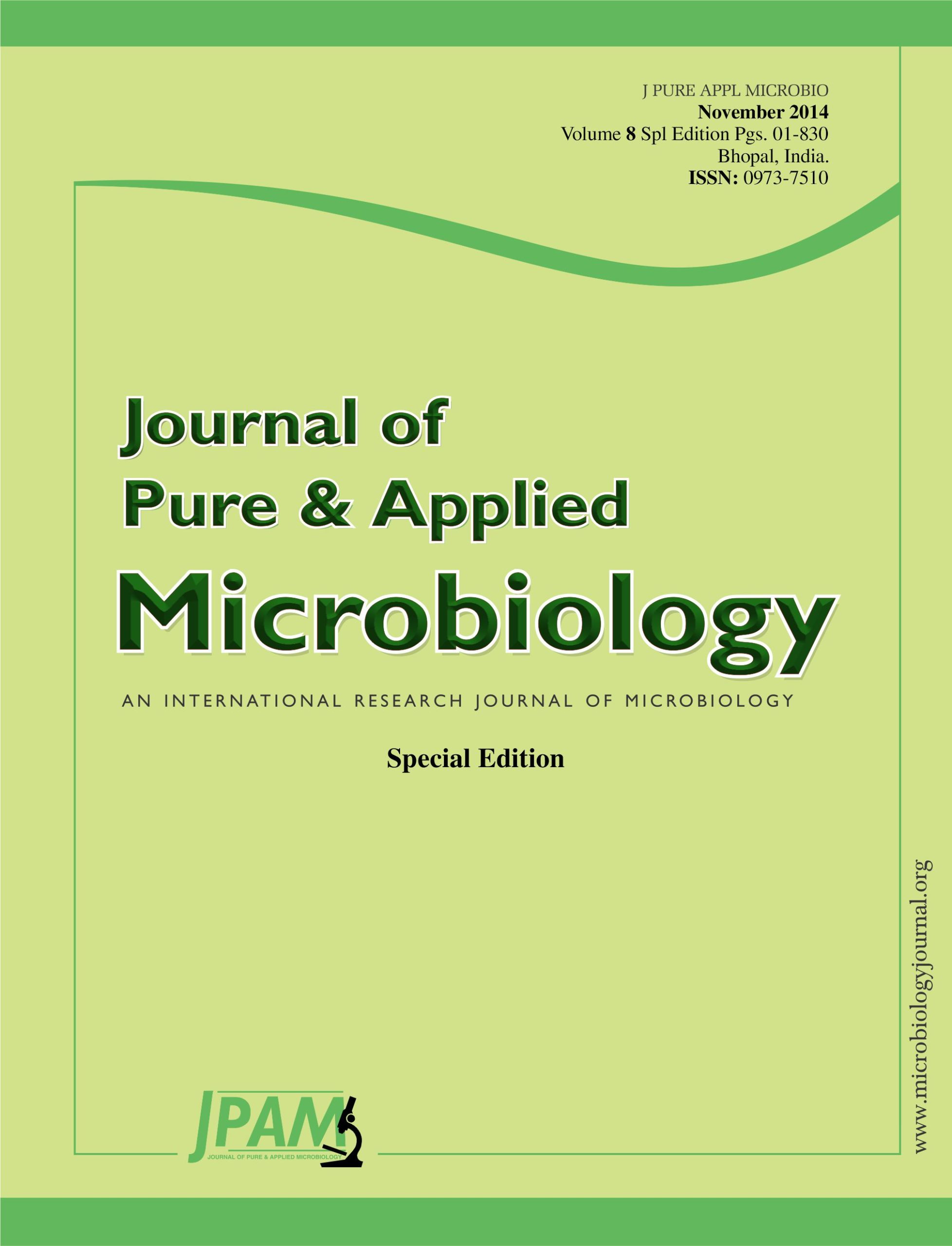Wildlife traded has the potential to carry or transmit potentially pathogenic and high resistant bacteria, that could have an important impact on human health. In this study, Gram-negative bacteria, associated antibiotic resistance and the presence of extended-spectrum beta lactamase (ESBL/AmpC) producing organisms in wild animals presenting at live animal market were investigated. Results revealed that 154 Gram-negative bacteria belong to eleven genera were recovered. Multiple drug resistance phenotypes were exhibited by 24% of tested isolates, the most common being against ampicillin, cephalothin, sulfonamide, aminoglycosides, tetracycline, and quinolones. Maximum resistance to extended-spectrum beta-lactam antibiotics occurred in 14.9% of isolates. The presence of ESBL/AmpC phenotype was detected in 11.0% of isolates as confirmed by combination disk method (CDM). The entire positive ESBL/AmpC producers were subjected to plasmid curing to ascertain the location of resistant marker. The result of the plasmid curing indicated that the resistance was chromosomally borne. Molecular analysis identified class 1 and 2 integrons among ESBL positive isolates. The findings have therefore established the presence of multidrug resistant bacteria and ESBL/AmpC producing organisms along with antibiotic resistant determinants in the fecal samples from wild animals and highlights the potential spread of pathogens and resistance between wild animals, environment and human.
Antibiotic resistance, Zoonoses, ESBL/AmpC, Plasmid curing, Integron, faecal bacteria, wildlife trade
© The Author(s) 2014. Open Access. This article is distributed under the terms of the Creative Commons Attribution 4.0 International License which permits unrestricted use, sharing, distribution, and reproduction in any medium, provided you give appropriate credit to the original author(s) and the source, provide a link to the Creative Commons license, and indicate if changes were made.


